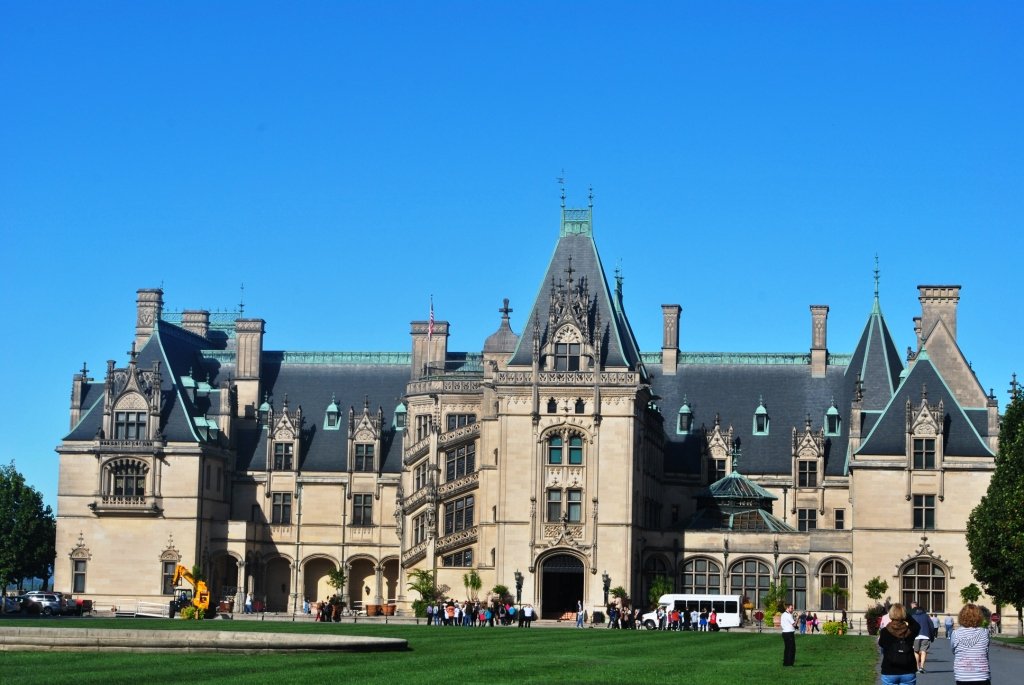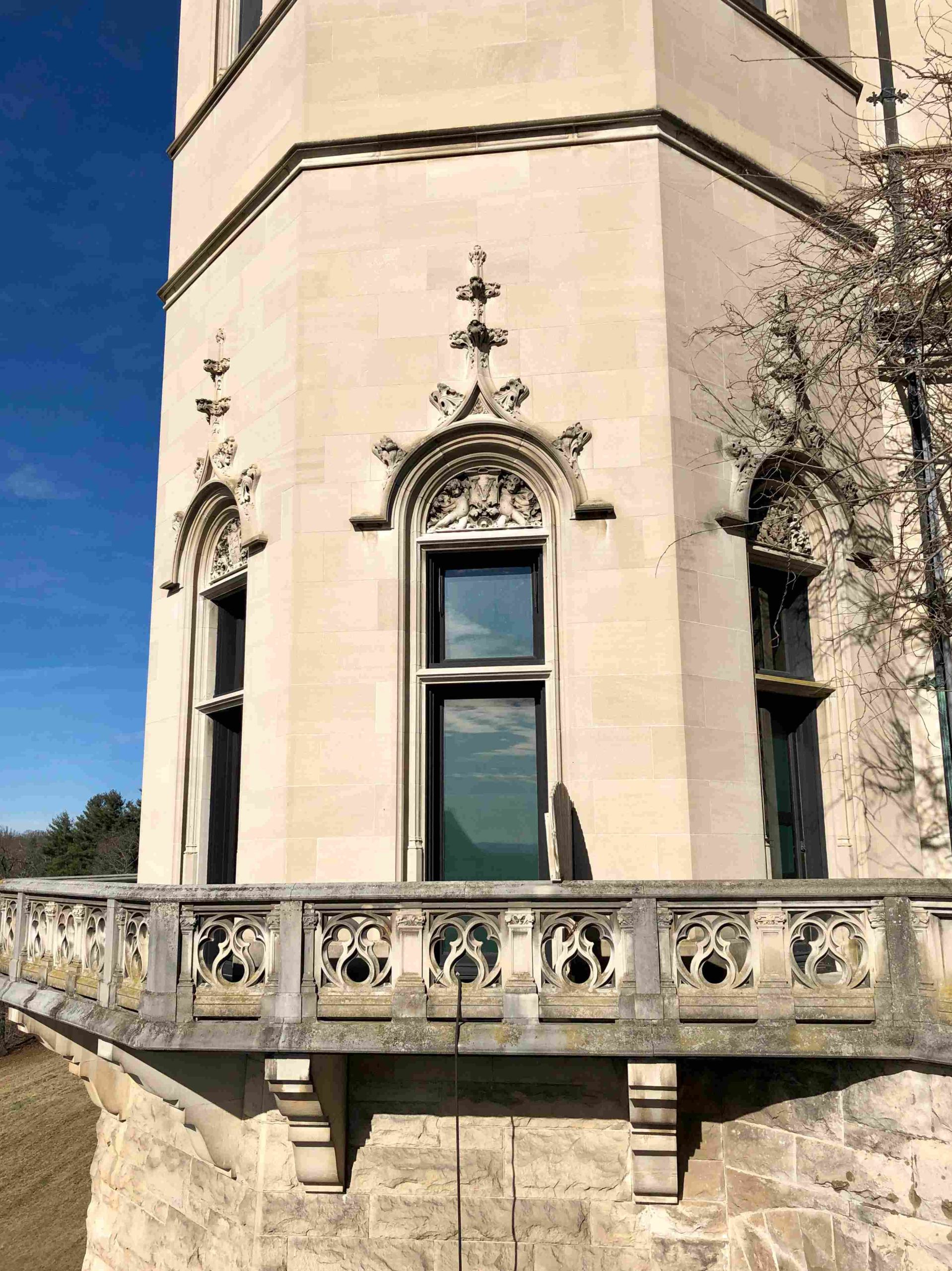The Brooder House at Biltmore Estate is a significant agricultural structure that played a crucial role in the estate’s poultry operations. Built during the late 19th or early 20th century, this historic building was designed to nurture young chicks, supporting George Washington Vanderbilt’s vision of a self-sustaining estate. The Brooder House remains an important part of Biltmore’s agricultural heritage and continues to be featured in educational tours.
What is the Historical Significance of the Brooder House?

The Brooder House at Biltmore Estate holds immense historical significance as a testament to the estate’s commitment to innovative farming practices and self-sufficiency. Built during George Washington Vanderbilt’s era, this structure was an integral part of the estate’s agricultural operations, particularly in the realm of poultry farming.
Key points about its historical significance include:
- Part of Vanderbilt’s vision for a self-sustaining estate
- Reflects the estate’s dedication to diverse agricultural pursuits
- Represents the innovative farming practices of the late 19th and early 20th centuries
- Contributes to the overall agricultural heritage of Biltmore Estate
The Brooder House stands as a tangible link to the past, showcasing the estate’s long-standing tradition of agricultural excellence and innovation.
What are the Architectural Features of the Brooder House?

While detailed architectural information about the Brooder House is limited in available sources, we can infer some general characteristics based on the construction practices of the time and the building’s purpose:
- Construction Material: Like many buildings on the estate from this period, the Brooder House was likely constructed using masonry.
- Design Purpose: The structure was specifically designed to provide a safe and nurturing environment for young chicks.
- Functional Layout: The interior would have been arranged to accommodate different stages of chick development.
- Ventilation: Proper air circulation would have been a crucial feature to maintain the health of the young birds.
- Heating Systems: Given its purpose, the Brooder House would have incorporated heating elements to keep the chicks warm.
It’s important to note that while these features are typical of brooder houses from this era, specific details about the Biltmore Estate’s Brooder House may vary.
How Did the Brooder House Contribute to Biltmore’s Agricultural Operations?
The Brooder House played a vital role in Biltmore Estate’s agricultural operations, particularly in its poultry farming endeavors. Here’s a breakdown of its contributions:
- Chick Rearing: The primary function of the Brooder House was to provide a controlled environment for raising young chicks.
- Poultry Diversity: It supported the estate’s efforts to raise various heritage breeds of chickens and other birds.
- Self-Sufficiency: The Brooder House contributed to Vanderbilt’s vision of a self-sustaining estate by enabling on-site poultry production.
- Agricultural Innovation: Its operation reflected the estate’s commitment to adopting modern farming practices of the time.
- Economic Contribution: The poultry raised here likely contributed to the estate’s economy through egg and meat production.
The Brooder House was not just a standalone structure but an integral part of a larger agricultural ecosystem on the estate.
What is the Current Status of the Brooder House?
The current status of the Brooder House at Biltmore Estate reflects both its historical significance and ongoing relevance:
- Preservation: The structure has been maintained and preserved as part of the estate’s commitment to its agricultural heritage.
- Restoration: While specific details are not provided, it’s likely that the Brooder House has undergone restoration efforts to maintain its functionality and historical integrity.
- Educational Role: The Brooder House is now part of the estate’s educational programs, particularly the \”Legacy of the Land\” tour.
- Continued Use: It still plays a role in the estate’s modern agricultural operations, housing heritage breeds of chickens and quail.
| Aspect | Current Status |
|---|---|
| Structure | Preserved and maintained |
| Function | Educational and operational |
| Accessibility | Part of guided tours |
| Agricultural Role | Houses heritage poultry breeds |
What Challenges Were Faced in Restoring the Brooder House?
While specific information about the restoration of the Brooder House is not extensively documented, we can infer some common challenges faced in restoring historical agricultural structures:
- Material Sourcing: Finding materials that match the original construction while meeting modern standards can be difficult.
- Historical Accuracy: Balancing the need for historical authenticity with modern functionality and safety requirements.
- Structural Integrity: Addressing any deterioration or damage that occurred over time without compromising the building’s character.
- Modern Amenities: Incorporating necessary modern features (like electricity or climate control) while maintaining historical aesthetics.
- Regulatory Compliance: Ensuring the restored structure meets current building codes and safety standards.
- Documentation: Limited historical documentation may have posed challenges in accurately restoring certain features.
These challenges likely required careful planning and execution to overcome, ensuring that the Brooder House remains both historically significant and functionally relevant.
What Educational Programs are Offered at the Brooder House?
The Brooder House at Biltmore Estate plays a significant role in the estate’s educational offerings:
- Legacy of the Land Tour: The Brooder House is featured in this tour, which highlights the estate’s agricultural history and current practices.
- Poultry Farming Education: Visitors can learn about historical and modern poultry raising techniques.
- Heritage Breed Showcase: The house likely serves as a living exhibit of heritage poultry breeds.
- Agricultural Innovation: Programs may discuss how structures like the Brooder House represented innovative farming practices of their time.
- Sustainable Agriculture: Educational content might focus on the role of poultry in sustainable farming practices, both historically and today.
These educational programs offer visitors a unique insight into the agricultural heritage and ongoing practices at Biltmore Estate, with the Brooder House serving as a tangible link between past and present.
How Does the Brooder House Reflect Biltmore’s Agricultural Vision?
The Brooder House stands as a testament to George Washington Vanderbilt’s agricultural vision for Biltmore Estate:
- Self-Sufficiency: It represents Vanderbilt’s goal of creating a self-sustaining estate.
- Diversified Agriculture: The Brooder House was part of a diverse agricultural operation that included dairy, horticulture, and poultry.
- Innovation: Its construction and use reflected the adoption of modern farming practices of the time.
- Quality Production: The focus on proper chick rearing indicates a commitment to high-quality agricultural products.
- Educational Value: Today, it serves as an educational tool, continuing Vanderbilt’s legacy of promoting agricultural knowledge.
The Brooder House, in its historical and current roles, embodies the enduring agricultural ethos of Biltmore Estate, bridging past innovations with present-day sustainable practices.
Reference:
1. https://files.nc.gov/historic-preservation/nr/BN1835.pdf
2. https://www.biltmore.com/blog/poultry-in-motion-biltmores-feathered-friends/
3. https://ashvegas.com/farmer-and-chef-south-biltmore-estate-spruces-up-brooder-house/
